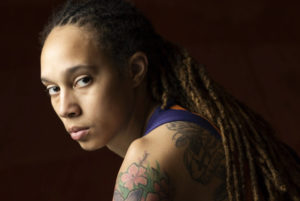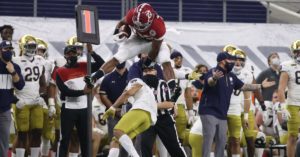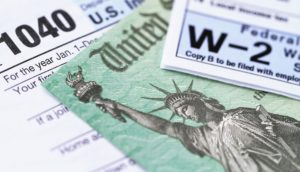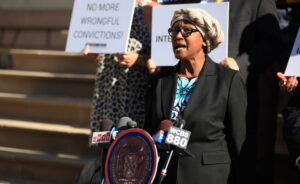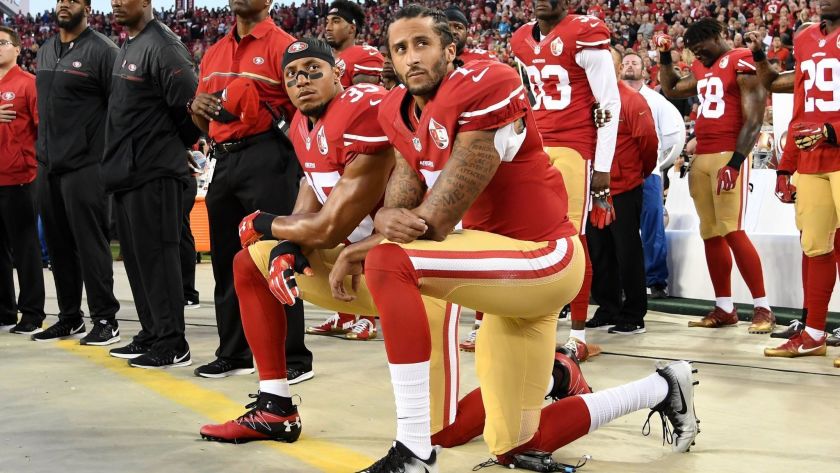
New York, NY – In 1963, the National Football League (NFL) began taking note of the coaching hiring process and the league’s diversity figures. Today, some of that work seems to be paying off. The NFL is taking the right steps to fix its front office diversity issues.
From 1963 to the 2020 season, only 18 Black and 4 Latino men have been hired as head coach of a team. But the bigger diversity issue is in the front offices. In 2017, a data chart was developed displaying the racial breakdown among players, coaches, front office positions and CEO/presidents. 100 percent of the CEOs and presidents in the league were White. About 70 percent of NFL players were Black.
2017 was a troubling year, both in and out of sports. After the death of Philando Castile and other African-Americans due to police brutality, NFL quarterback, Colin Kaepernick, started to kneel. He did this during the National Anthem. Kaepernick says that he knelt because the country “oppresses black people and people of color.”
What is more concerning is that the talented Kaepernick has not been offered a job for three years. He’s effectively been shut out during his prime playing years. Many of Kaepernick’s White colleagues even took a kneel in solidarity with their teammate.
Taking the steps
One glimmer of hope is that the first Black team president was recently hired in the NFL. The Washington football team hired former player, Jason Wright — making history. While it’s still late in the “game,” Wright’s hiring can still be celebrated as a small victory.
This success is due in large part to new diversity measures that the NFL adopted to expand the Rooney Rule. In addition to hiring for coaching positions, teams are now required to interview people of color for senior-level, front-office positions. One important position includes that of president.
The league also made sure to make the Rooney Rule a permanent diversity fix. By establishing a full-time coaching fellowship program, candidates of color will experience hands-on training. The program will be held at all 32 teams facilities and last up to two years. The end goal is to advance candidates of color to full-time coaching positions throughout the program.
I am not as hard on the NBA (National Basketball Association) as I am on the NFL for a couple of reasons. First, the NFL is the first league to implement an affirmative action-type rule. The NBA has yet to implement one. The coaching fellowship is another example of how the NFL is miles ahead of its league counterparts in terms of inclusion.
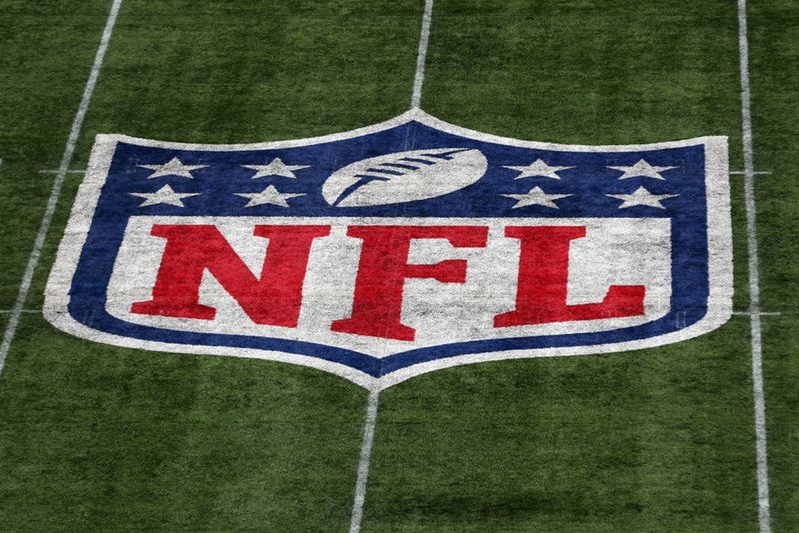
Naomi Baker/Getty Images/TNS
There is still work to be done
From 1963 to 2020, only 11 out of 22 Black coaches have earned a second opportunity to coach. If they get fired or retire, there will be no more African-American coaches to replace them.
It’s easy to assume that White coaches have more exposure to connections and networking pools. If Black candidates were hired for their hard-working characteristics, then more Black coaches would be at the helm.
One problem with the Rooney Rule is that teams might interview Black candidates “for show.” Having fulfilled their diversity hire, the teams might then hire a White candidate. A 2019 diversity report chart highlighted this. Of the five Black coaches who were fired, all the coaches who replaced them were White. The new fellowship program can remedy this.
Whether it is tackling unconscious bias or racism, the league continues to make the right decisions to resolve those issues. There are only a handful of Black coaches and one Black president in the entire NFL but those numbers will soon change. With the trajectory of the NFL’s hiring process, you can almost guarantee it.
Thumbnail Credit: Thearon W. Henderson/Getty Images (images may be subject to copyright)
Sources:
- “OCCUPATIONAL MOBILITY PATTERNS IN THE NATIONAL FOOTBALL LEAGUE”
- “NFL MAKES BOLD NEW STEPS TO ENHANCE DIVERSITY”
- OCCUPATIONAL MOBILITY PATTERNS: An Examination of Leadership, Access, Opportunity, Social Capital and the Reshuffling Effect within the NFL”
James is published in the oldest African American Newspaper in the United States, The Philadelphia Tribune. In his spare time he writes about sports and plays the piano.
